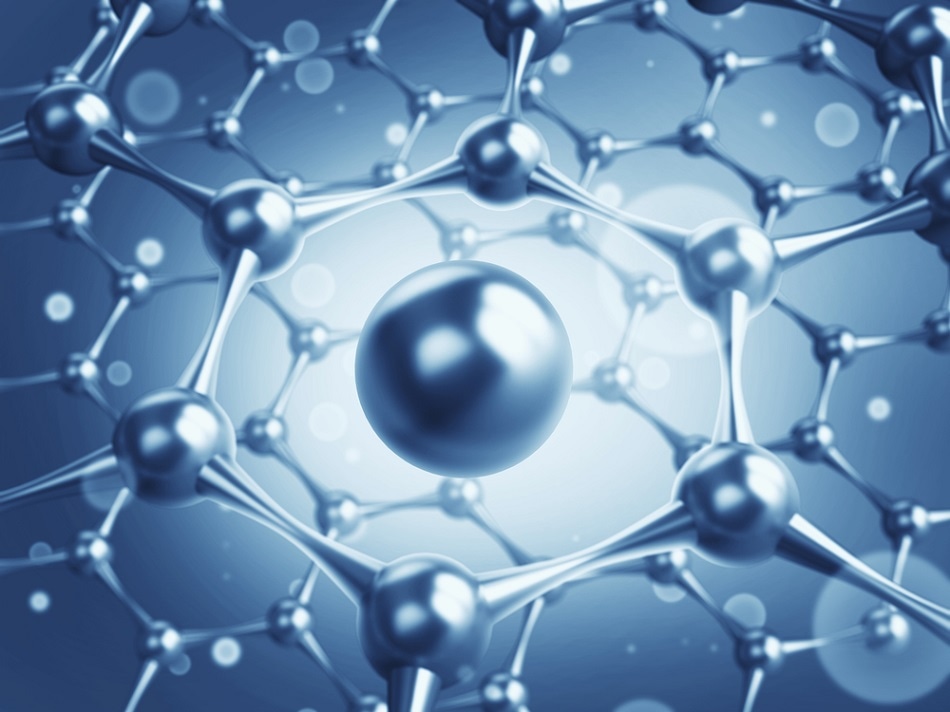Science and technology are on strong momentum. In which, the most prominent is nanotechnology. The birth and development of this technology have created a major turning point in the development of humans. So what is Nano? And how is the use of nanotechnology on human life and health? Let’s find out now.
What is Nano? What is nanotechnology?
The nanomaterial is a type of material with the structure of particles, fibers, tubes, or thin sheets, .. Very small in size about 1-100 nanometers. Accordingly, nanotechnology is a technology related to the design, analysis, manufacture, and application of structures, devices, and systems by controlling shape and size on a nanometer scale (about 1-100). nanometer).
Nanotechnology was discovered and developed in the early years of the 21st century. With the creation of various types of analytical equipment. Prominent is the scanning probe microscope that is capable of observing the size of atoms or molecules. However, nanoparticles have been in existence for millions of years in the natural world. Since the 10th century, nanoparticles have been used by humans to create nanomaterials. But never knew about it. Specifically, people have made glass, ceramics with various sizes, colors, …
Fabrication of nanomaterials
There are many methods of fabricating nanomaterials. In which there are 4 most popular methods:
Wet chemical methods: Includes hydrothermal, sol-gel, and co-precipitation methods. Solutions containing different ions are mixed in a certain appropriate ratio operating under the influence of external factors such as temperature, pressure, pH, light … that nanomaterials are precipitated out of the original solution. Nanomechanical Methods: Including methods of grinding, grinding, and mechanical alloying. According to this method, the material in the powder form is ground to a smaller size. Today, the commonly used crusher is the planetary ball mill or the rotary mill.
Methods of thermal evaporation: Including lithography methods, vacuum deposition (vacuum deposition), physics, chemistry. These methods are effective in making thin films or surface coatings. This is used to fabricate nanoparticles by scraping nanomaterials from the screen.
Gas-phase method: including pyrolysis, electro-explosion, laser burning, high-temperature evaporation, plasma. The principle of these methods is to form nanomaterials from the gas phase.
This technology is also applied in the construction of silver nano-fabric masks.
A silver nano-fabric mask is composed of 4 layers. Each layer is made from quality materials to give the wearer the best effect.
► Outer layer: Waterproof, breathable cotton fabric
The outer layer of silver nano-fabric masks usually has water-proof and moisture-proof properties. When someone around coughs, breathes loudly, or sneezes … this fabric plays an important role in preventing droplets or particles from spreading through the air from contacting your respiratory system.
► Middle layer: Active fiber for air filtration
The middle layer is sewn with an active fabric and is effective against bacteria. Like the outer layer, the middle layer also works to prevent droplets from splashing around, while filtering out dirt and harmful bacteria.
The active fabric plays a decisive role in the quality of a mask. Standard bacterial filter masks must meet ventilation requirements and should not interfere with the wearer’s respiration. At the same time, this air filter must prevent fine dust particles and small bacteria.
► Inner layer: Soft absorbent mesh
This is the fabric in direct contact with the wearer’s facial skin, so the quality is very high, especially the softness does not cause skin irritation when worn continuously for a long time. Standard fabric masks will have a smooth, hairless innermost layer. In particular, this fabric must ensure ventilation, creating a pleasant feeling for the wearer.
► Nanosilver fabric layer: Outstanding antibacterial
The mask is embedded with a nanosilver layer to maximize antibacterial resistance. However, this silver nanoparticle is only highly effective for 3 pieces of washing, then used as another antibacterial active fiber mask.
You can also find more good nanoech facemask at the best price at Halolife coupons.
Applications of nanomaterials in life
Nanotechnology allows manipulating and using materials at the molecular level, increasing and creating special properties of materials, reducing the size of devices and systems to extremely small sizes. This is considered an industrial revolution, promoting development in all fields, especially biomedical, energy, environment, information technology, military … and impacting on the whole society.
In medicine – biology
Nanoparticles are considered as nanorobots that penetrate the body. Helps humans intervene at a molecular or cellular scale. Currently, humans have created nanoparticles with biological properties that can be used to aid in disease diagnosis, drug transmission, and cancer cell destruction …
Energy
Nanotechnology contributes to improving the quality of solar cells, increasing the efficiency and storage of batteries and supercapacitors, creating superconductors as electrical conductors for long-distance electricity transportation …
Electronics – mechanics
Nanotechnology helps to fabricate nanoelectronic components with extremely fast processing speed. Manufacturing generations of nanocomputers. Using nanomaterials to make microscopic information recording devices. Manufacturing computer screens, phones. Creates ultra-light – super durable nanomaterials. Manufacture of car equipment, aircraft, spacecraft …
Nanotechnology is truly a miracle for all aspects of our lives. Hopefully, through the article, you have in yourself the answer to the question What is Nano? and knows all aspects of nano. Currently, nanotechnology is still being researched. To be able to discover all the great uses that it can bring.
